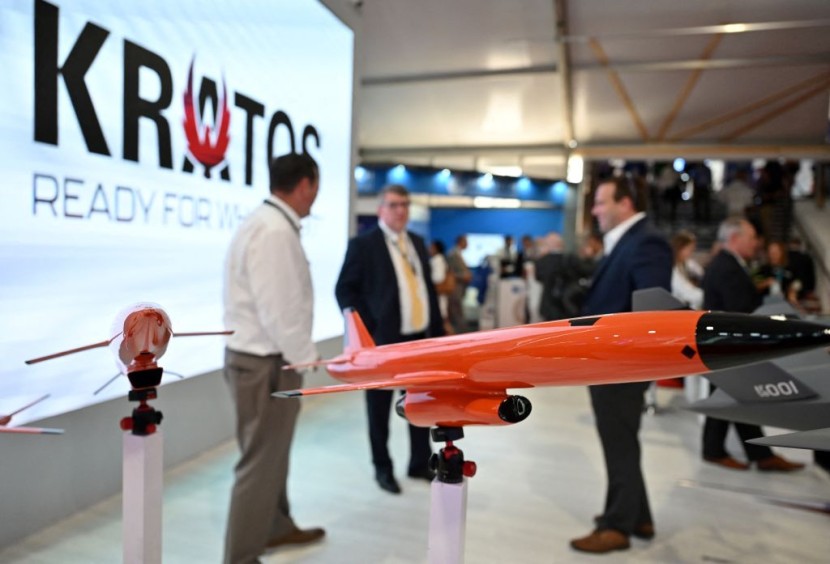
Recently the US demoed its USAF Valkyrie drone, which compared to other trials, was airborne at a longer distance and higher altitude, with a heavier payload in the internal bays.
Also, continuous encrypted radio communication is achieved using an advanced radio package with some range limitations in the test.
USAF Valkyrie Drone Autonomously Arrives at Landing Site
One of the goals of the simulation is to check what happens if it is cut off from operators but finds its way back, according to Kratos.
A stealth subsonic UAV like it can escape getting spotted by radar and radio when it is on its way to home base, reported the Defense Post.
From our 12 new production airframes, the XQ-58A Block 2 became the first to take flight. The last airframe is supposedly scheduled to be assembled by the end of the following year.
This same Low-Cost Attritable Aircraft Technology investment allows the laboratory to develop a less costly remotely piloted aircraft alternative for manned aircraft. The program aimed to use the aircraft in manned-unmanned teaming experimental tests from fall 2023.
To collect controller feedback and integrate it into the advancement of the autonomy software, the Autonomous Aircraft Experimentation team is attempting to build a data-storage and simulation environment, remarked the Eglin Air Force.
The Skyborg Autonomy Control System and other application software supplied by outside government and business partners may all be equipped on the XQ-58A after just being evaluated in the simulator.
USAF Valkyrie Drone Specifications
The UAV is 30 and 27 feet, with a maxed-out takeoff weight of 6,000 pounds, including an internal payload of 600-LBS. It has a maximum speed of 548 mph, a total range of 5,556-kilometer, and a maximum fly height of 45,000 feet.
Another option for launch is via rocket-assisted static rail launcher with a parachute-equipped landing. The aircraft's taxiways autonomy enables it to dispatch from minimalist areas quickly and zones closer to the targeted area.
The UAV can be controlled by ground station or airborne controller planes; with remote-controlled or CPU flight commands.
Chinese Engineers Discover Flaw in US Combat Drone
Chinese aviation engineers discovered a glitch in the brand-new Kratos combat drone used by the US Air Force, per Al Mayadeen. They contended that the experimental setup may still need to work better in a fight as predicted.
According to the SCMP that reports the UAV gets processed signals via reverse engineering that display poor aerial agility. The UAVs airframe cannot survive high stresses caused by G-forces like a limit of 1.7 G, and its controller aircraft can do 7Gs. Most of the design hinges on stealth and equipment while aerodynamically inferior.
Based on the input of Chinese engineers that peer view in China, Aircraft design; ascertains that robotic UAVs will be more common. The Human and loyal wingman drone will be a cutting edge in the future.
Professor Guo Zheng and colleagues commented the Kratos wingman is testing and will be proven if it works. But, the other tech will be a new trend in air warfare. He added China is developing counters for this technology.
The USAF Valkyrie drone is the next generation of UAV technology that will change how dogfighting and aerial combat are managed.
© 2025 HNGN, All rights reserved. Do not reproduce without permission.








